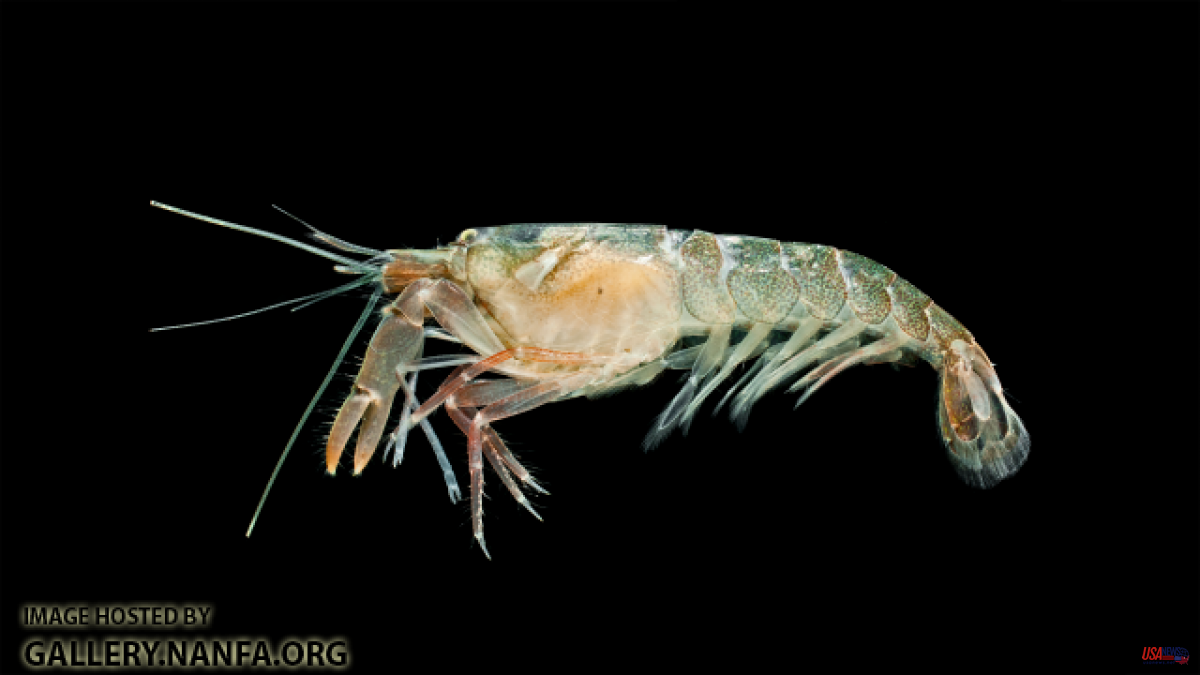Few can keep up with juvenile snapper shrimp, capable of closing their pincers with an acceleration of nearly 600,000 meters per second squared, similar to the speed at which a bullet exits a gun, according to a study published in the journal Journal of Experimental Biology.
Specifically, we are talking about the large-claw snapper shrimp Alpheus heterochaelis, a species found in the western Atlantic Ocean and the Gulf of Mexico. This animal has spring-like mechanisms in the larger of its two claws. When this mechanism is released, it snaps its claw shut, creating a high-velocity jet of water and a loud bang, capable of surprising potential predators.
What researchers from Duke University in North Carolina have found is that juveniles are capable of closing their pincers much faster than adults. They even outperform other famous underwater species like the mantis shrimp, which use their ultra-fast claws to strike at enemies or pummel their prey.
“We found that juvenile snapper shrimp generate the highest recorded accelerations for repeated use, movement underwater, and are capable of producing millimeter-scale cavitation. The angular velocity of the clicks did not change as the juveniles grew; however, juvenile snapping shrimp with larger claws produced faster linear velocities and generated larger, longer-lasting cavitation bubbles,” the authors explain.
Jacob Harrison and Sheila Patek wanted to know more about juvenile shrimp. “Studies of elastic mechanisms have mainly focused on fully developed and functional mechanisms in adult organisms. However, the ontogeny and development of these mechanisms may provide important information about the lower size limits of spring-based propulsion, the ecological or behavioral relevance of ultrafast motion, and the scale of ultrafast motion," the researchers note.
To do this, they bred some in the lab and then used a camera attached to a microscope to take videos of one- and two-month-old babies breaking their claws. Harrison explains that when they tried to shoot at 50,000 frames per second, the frame rate they would use for adult shrimp, the movement of the claw was still blurry. So, they increased the speed of the camera to 300,000 frames per second.
The result surprised them: these young shrimp were able to accelerate their pincers to 580,000 meters per second squared, twenty times faster than their parents.
The authors remember that very few creatures can overcome this type of speed. The Dracula ant, for example, can close its jaws in just 23 microseconds.
Speaking to New Scientist, Harrison says the comparisons make the shrimp's achievement that much more impressive and that the crustacean's ultra-fast limbs can help researchers design jumping robots and other devices that rely on spring-loaded mechanisms.













